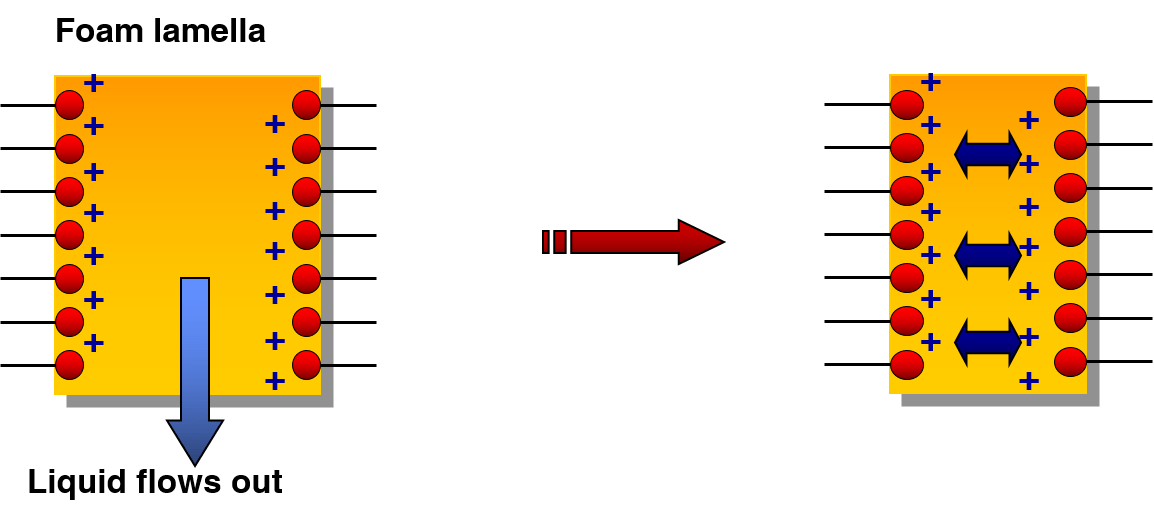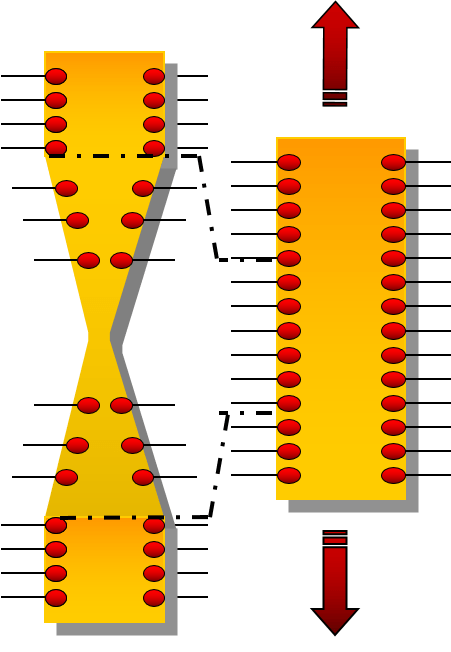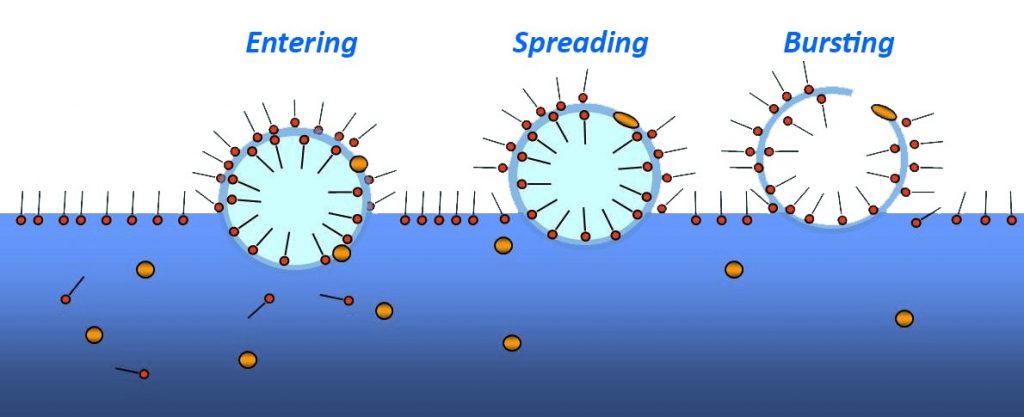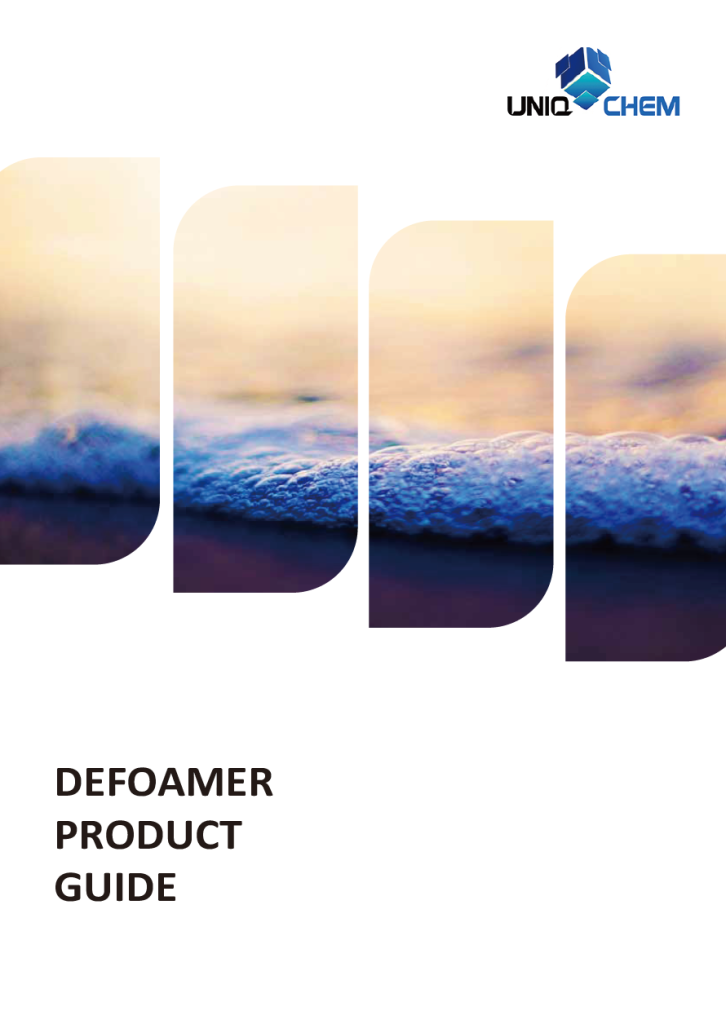In many stages of production, handling and application, air can be incorporated and then finely dispersed into resins, lacquers, and paints. Introduced air or gas will form spherical bubbles in the liquid phase. In pure liquids, foam is not stable. Foam is only stable in systems containing surfactant-like substances such as wetting agents, or certain surface control additives needed to improve important properties of the paint. All these surfactants have in common the fact they can migrate to the air/liquid interface of the paint, thereby reducing the surface tension.
CAUSES OF FOAM
Foam is a stable dispersion of a gas in a liquid medium that results when a surfactant layer forms around air bubbles and entrains them within it. Air can be incorporated into a coating by:
● Mixing during the polymer/pigment grinding and let-down steps.
● Pumping during package filling.
● Shear or spraying during application.
The bubbles come closer together as a result of the gravitational forces allowing the liquid to flow out of the foam and the lamella to become thinner and thinner.

The presence of ionic surfactant molecules at the surface creates electrostatic repulsion.The bubbles come closer together as a result of the gravitational forces allowing the liquid to flow out of the foam and the lamella to become thinner and thinner.
The foam lamella exhibits a higher elasticity due to a stretching effect caused by the presence of surfactant molecules.The bubbles come closer together as a result of the gravitational forces allowing the liquid to flow out of the foam and the lamella to become thinner and thinner.

DEFOAMING MECHANISM
The principle of inhibiting or destroying foam (defoaming) is generally based on an overcoming of the stabilizing mechanisms. Foam control additives (DEFOAMER) possess properties which are opposite to those needed for foam stabilisation.
Foam control additives function by a variety of mechanisms to prevent or rupture foam.
Their individual efficiency is determined by 3 key factors:
- Insolubility in the foaming medium. The insolubility of a DEFOAMER is important for the movement of the DEFOAMER to the lamella. It needs to have a positive Entering coefficient.
- Low surface tension, so that they can be uniformly spread out on the surface. It needs to have a positive spreading coefficient.
- Ability to penetrate into the foam lamella to destabilize the foam to burst.

CHOOSING A FOAM CONTROL ADDITIVE
● Polysiloxanes:Modification of the polysiloxane backbone with fluorine results in the so-called fluoro-silicones known for their very low surface tension and strong defoaming properties. For waterborne systems, a wider range of chemical structures can be used due to the generally higher surface tension of these systems.
● Mineral oil:As opposed to solvent-based systems, the spreading of mineral oils in water-based systems is sufficient to act as a foam control additive. In the presence of hydrophobic particles, the mineral oil acts in addition as carrier for these particles, like hydrophobic silica or metallic soaps. Because of the yellowing of the paint by the use of aromatic mineral oil, aliphatic mineral oil is preferred.
● Silicone: Both dimethylpolysiloxanes and modified polysiloxanes can be used as foam control agents in water-based systems. An important point to consider is the incorporation of the foam control additive in the paint system. Since they are not soluble in the system, a good distribution of the active substance is necessary. This can be controlled by the mixing speed and time, otherwise craters can be formed or loss of defoaming efficiency is observed.

![[:en]UNIQCHEM[:zh]website2[:]](https://www.uniqchem.com/wp-content/uploads/2019/04/cropped-Uniqchem-logo-final-no-background-2-2-e1675623758898.png)

